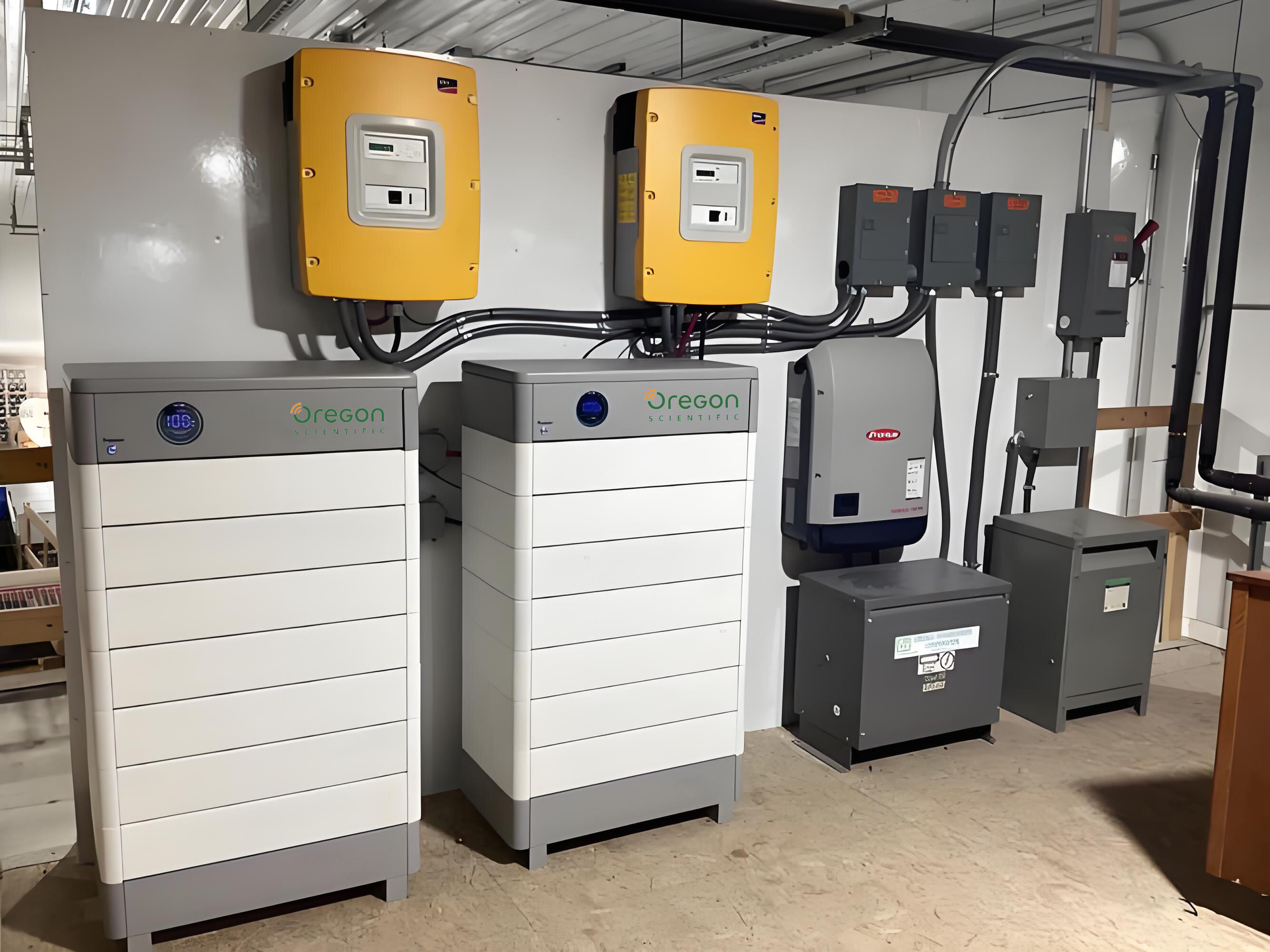With the advancing technologies and need for better energy storage systems, stackable batteries are becoming a revolution in commercial application. These batteries are highly efficient, versatile, scalable and flexible, making them suitable for numerous applications like renewable energy storage and EVs. This article will discuss stackable batteries, their benefits, rise and future potential in the commercial field.
The most notable feature of stackable batteries is the modular design. Stackable batteries can be adjusted to meet various energy demand, unlike traditional systems which tend to be rigid and large in size. This design allows businesses to tailor energy storage based on operational needs. Consider a manufacturing plant as an example. Manufacturing plants usually have peak operating hours that require a lot of energy. Stackable batteries can be added to provide the necessary energy capacity without overhauling the entire system.
In addition, stackable batteries are created to be more efficient. These batteries often employ modern lithium-ion technology which has more energy density and longer life cycles than older technologies. In no way does this efficiency worsen the operational cost. In fact, it lessens the cost and the effect on nature which is better for business. Carbon emissions can further be reduced by companies using stackable batteries, all the while lowering their energy spending.
The need for stackable batteries is also high due to renewable energy sources. An increase in investment in solar and wind energy means the need for storage solutions is also high. These batteries ensure the stored excess energy is available during lags on low production periods, enabling businesses to fully utilize renewable energy and strengthening their sustainability pledges.
EVs also benefit from the stackable battery's versatility. The automotive industry is undergoing changes as technologies and markets evolve, resulting in greater demand for new, efficient, and compact battery options. Stackable batteries can be adjusted to the various designs of vehicles, offering spatial efficiency and performance without compromising power. This adaptability is imperative considering the frantic pace manufacturers are adopting to produce more fuel-efficient and eco-friendly vehicles.
There seems to be a brighter outlook for stackable batteries in commercial applications in the near future. There is emerging recognition of the importance of an energy storage system for operational efficiency and sustainable goals across industries. With the continuous progression of technology, we are likely to see improvements in battery performance, cost, and their scope of applicability and use in different fields. Investing in stackable battery technology today places these businesses in an advantageous position for leading the energy transition in the future.
As we have seen, the move towards stackable batteries profoundly changes the approach by commercial entities towards energy storage. Their modular structure, efficiency, and versatility make stackable batteries highly attractive for businesses aimed at improving energy optimization. With the rising focus on environmental sustainability across industries, stackable batteries will help determine the future of energy storage and consumption optimistically.

